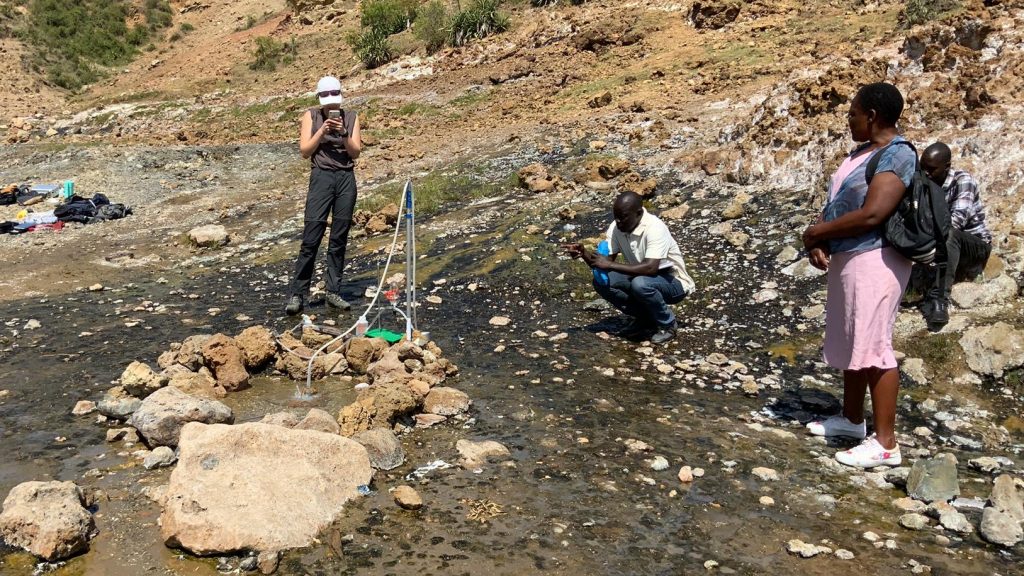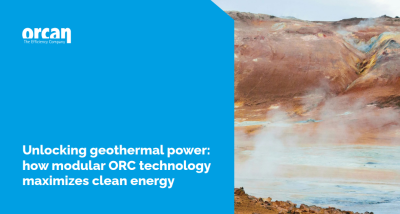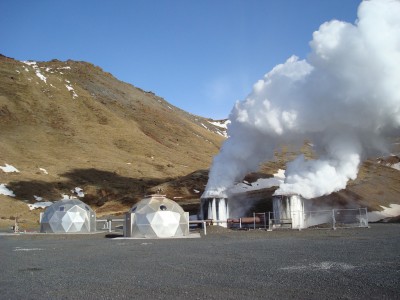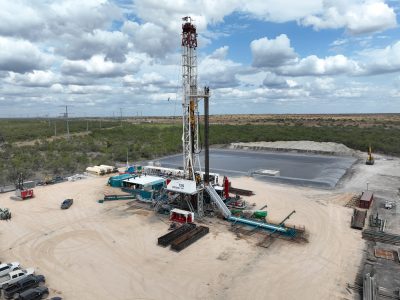The role of data management in geothermal development
Data management plays a key role in long-term geothermal development, as described in this piece by Joeri De Wit and Elin Hallgrimsdottir from the World Bank.
A recent issue of the LiveWire series by the World Bank Group and the Energy Sector Management Assistance Program (ESMAP) sheds light on the importance of data management on long-term geothermal development, and how regulators can help promote good data management practices. The piece was written by Joeri De Wit and Elin Hallgrimsdottir and can be read in full via this link.
The article is based on the paper “Defining Best Practices in the Management of Geothermal Exploration Data” by M. Darnet (m.darnet@brgm.fr), P. Calcagno, S. Hauksdottir, D. Thorbjornsson, E. Trumpy, J. F. de Wit, and T. Fridriksson. (https://doi.org/10.48550/arXiv.1908.07865).
The value of data management in geothermal development
Compared to wind and solar, geothermal projects typically involve much more work in data collection and interpretation. This data plays a vital role in defining a geothermal resource, minimizing development risk, and optimizing energy production.
A potential issue may arise when a developer no longer has a commercial interest in maintaining geothermal data. Failure to preserve data can impede geothermal development, as it can reduce future opportunities as markets, developers, and technologies evolve. In many circumstances, the lack of systems to manage data has led to the unnecessary duplication of work and associated costs, further impeding geothermal exploration and development.
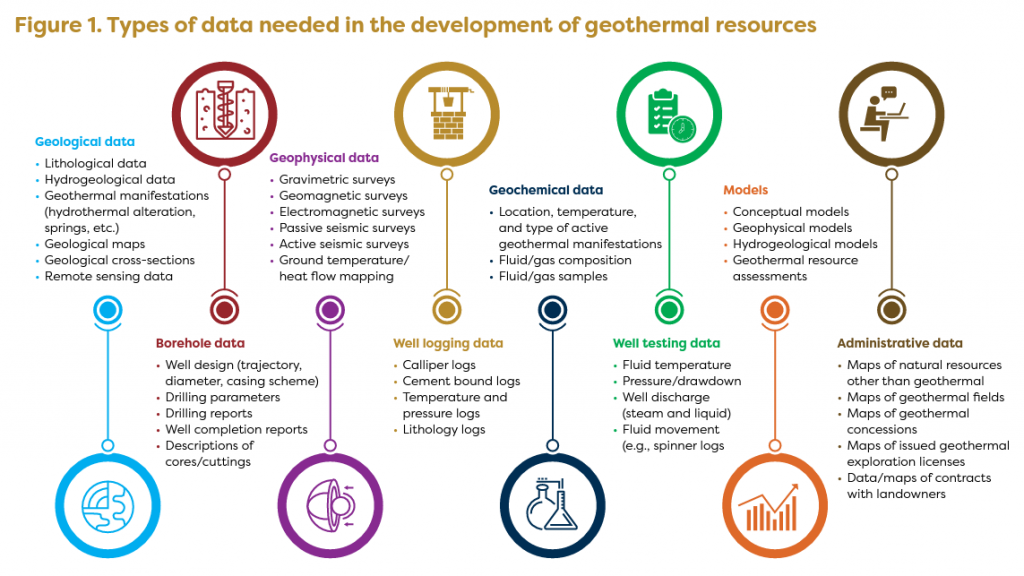
Building an information system
Good data management starts with a thematic information system that addresses the specific needs of geothermal development. Data in an information system must be FAIR – findable, accessible, interoperable, and reusable.
Geothermal databases must be able to support both structured and unstructured data. Structured data refers to data that can be stored and organized in tables, rows, and columns that can help establish links or relationships between information. Unstructured data refers to geothermal data that cannot be processed and analyzed using conventional methods. These can include text, videos, and images.
Other important factors include quality control at the data collection stage, storage on a network server with appropriate security, and compliance with international and industry-wide standards.
Considerable resources are needed to establish a system for geothermal data management. It may take between one to five years to develop an information system as proposed in the study. The estimated initial investment for a mid-range system, including salaries and the cost of hardware and software, ranges from $100,000 to $1,000,000. Maintenance and operations costs per year will also have to be considered, as well as the costs for system enhancements and updates.
The role of regulators in ensuring good data management
Regulators play a role by creating regulatory framework that ensures the proper storage and accessibility of geothermal data collected and submitted by developers. To ensure compliance and prevent discrepancies, regular engagement with data providers is encouraged.
Regulators are encouraged to take steps to develop or improve the national or regional regulatory frameworks dedicated to geothermal energy. If a regulatory framework does not exist, then regulators should promote its development. Such framework should establish a national or regional standardized workflow for the publication of exploration data, and improve cooperation among regulatory entities and geothermal developers on data standards.
One of the major goals of such a regulatory framework is to allow for the public release of exploration data, thus attracting investors and developers.
Source: ESMAP
